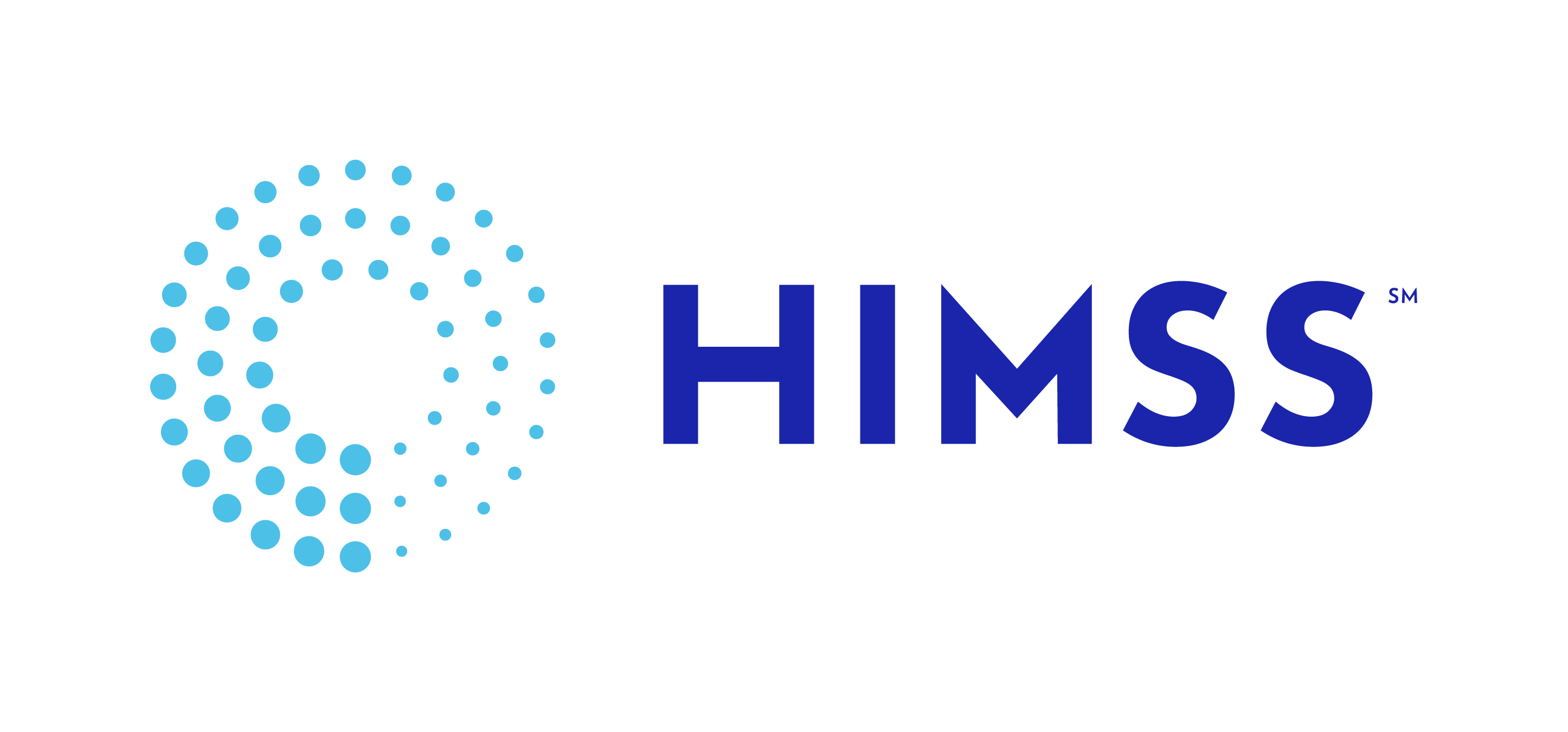ED Admit Alert System Improve Patient Care
System Improves Care by Helping to Reduce Unnecessary ED and Hospital Admissions and Promotes Better Care in the Doctor’s Office
A five-year-old girl is rushed to the local emergency department (ED) five times in a 12-month period with uncontrolled asthma attacks. Because the fifth hospital participates in the ED alert system, the child’s medical home – a relationship-based primary health care model – was notified that this patient was in crisis and had been admitted to the ED. They quickly followed up with her parents to schedule a same-day appointment at the medical home. Hence, there was no need for a repeated ED visit.
Approximately one-third of emergency department visits are preventable. Additionally, nearly twenty percent of Medicare patients admitted to a hospital are readmitted within 30 days of being released due to preventable reasons. These preventable ED visits and readmissions significantly increase health care costs for both hospitals and patients, placing unnecessary strain on an already stressed health care system.
One solution to this problem is more timely notification to a patient’s doctor that the patient has had an ED visit or hospital admission. Doctors and nurses can then make sure the patient gets the necessary follow-up care in the doctor’s office.
In Greater Cincinnati, The Health Collaborative and a group of community partners worked together to test and implement a new real-time alert system to fill this gap in communication. It’s called the ED Admit Alert System, and it works like this:
HealthBridge, the technology service line of The Health Collaborative, receives messages from more than 90% of Cincinnati-area hospitals when an inpatient admission or ED visit occurs. Under the system, these messages are matched against patient panels from participating practices. If a match is found, an alert is routed electronically to the patient’s primary care practice immediately. More than 500,000 patients in Greater Cincinnati are monitored through this real-time system, with over 40,000 alerts sent each month.
The Visiting Nurse Association (VNA) partners with The Health Collaborative to receive notifications when a patient has been admitted to the hospital.
“Our partnership with The Health Collaborative is one of the reasons that the VNA surpasses other home health agencies in our area. When one of our patients arrives in an emergency room, The Health Collaborative notifies us immediately, allowing us to use real-time data on our patients to follow-up with the appropriate care,” said Valerie Landell, President & CEO of The Visiting Nurse Association
Beyond this real-time application of the technology, practices have found other innovative uses for the alert system. For instance, some practices utilize alerts to follow up with their high-risk adult diabetes population after a visit to the ED.
In some practices, staff members rely on the utilization data from the alert system to strengthen patient-provider relationships. Using a phone call or personalized letter to patients, doctors are able to personalize communication and follow-up on specific health issues of their patients. Additionally, they’re able to use the technology to remind patients about access to appointments outside regular business hours, office contact information, and to schedule follow-up appointments with patients.
As primary care practices look toward increasingly innovative ways to use this technology to improve the quality and efficiency of the health care they provide, better health outcomes are likely to follow. For patients like the five-year-old girl in the story, that means a sigh of relief.
###
About the Health Collaborative:
The Health Collaborative is a non-profit organization that strives to positively impact health status, experience, outcomes, and affordability by fostering a connected system of health care and community health through innovation, integration, and informatics in the greater Cincinnati region. For more information about the Health Collaborative, visit http://healthcollab.org/.
